Contact UsCONTACT
Please feel free to contact us if you have any questions or concerns.
Inquiry FormStories
STORIES
SERIES EMBARK
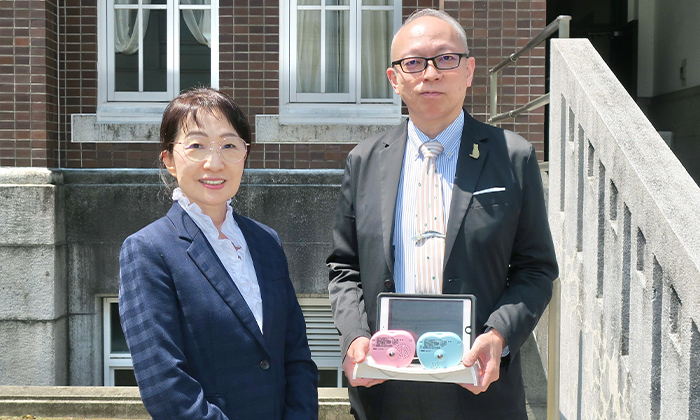
With the spread of the new coronavirus, the number of people using telemedicine is increasing. The IoT fetal monitor "delivery monitoring device iCTG" developed by Melody International Inc. supports telemedicine for antenatal checkups at obstetrics and gynecology clinics. The delivery monitoring device, which measures the fetal heartbeat, has been miniaturized and converted to IoT, making it possible to install the device where the pregnant woman is and send the measured data to her obstetrician, who is located far away. The company is a Kagawa University venture, and is the first investment for Kyoto University Innovation Capital (Kyoto-iCAP) under its No. 2 fund, which is now able to support ventures from national universities other than Kyoto University. We interviewed Yhuko Ogata, CEO, and Keiji Ninomiya, CIO of the Corporate Planning Department, both of whom have founded two companies in their careers, about how they were able to expand their business without giving up, even under difficult circumstances. (Interviewer: Sae Ito)
After completing the Graduate School of Engineering at Kyoto University, I moved to Kagawa Prefecture and worked for several companies. I worked for a company in the factory automation (FA) business, inspecting home appliances, and for an IT company in technical sales.
The turning point for me came when I was at an IT company and participated in the "Shikoku 4 Prefectures Electronic Medical Record Network Collaboration Project," an industry-academia-government project. I was involved in the electronic medical record for obstetrics and gynecology, but the project itself ended after two years. My desire to save pregnant women grew stronger, and with the knowledge I gained from the project and by purchasing a prototype electronic medical record from a participating company, I launched a company in 2002 that handles electronic medical records specialized for obstetrics and gynecology.
However, the computerization of medical records was not progressing very well, and there was a period of two years during which we could not sell. Mr. Ninomiya, who was with another company at the time, advised me, "If you don't visit your customers properly, you won't sell," and I was astonished. At the time, I thought that if I made good products, they would sell on their own. Unlike when I was working for a company, I had to search for customers by myself, but I visited nearly 200 hospitals and clinics.
In 2002, Professor Kazuhiro Hara and his team at Kagawa University started a project to create a new delivery monitoring device, and I joined them. As we worked to develop a mobile fetal heart rate monitor, I began to think that eventually telemedicine would be necessary to save pregnant women. At that time, I decided to take the prototype fetal heart rate monitor to Thailand. In Chiang Mai, Thailand, there was a shortage of obstetricians and gynecologists, and primary hospitals, which serve as family doctors, had no obstetricians. Therefore, it was too late to transport the patient, or it was impossible to determine when the patient should be transported in the first place.
When we used the prototype to measure fetal data, we found nearly 50 pregnant women who needed to be transported to a medical facility, 10 of whom required surgery, etc., but we were able to save all of them. We were asked for more equipment, but at the time we only had a few prototypes. I decided to commercialize the product and establish a system to sell it, so I established Melody International with Mr. Ninomiya.
As we witnessed in Thailand, mothers and babies are dying all over the world because they missed the right time to receive treatment. With the number of obstetricians and gynecologists decreasing in Japan and the shortage of doctors in developing countries, we thought that a simple-to-use fetal monitor could save lives.
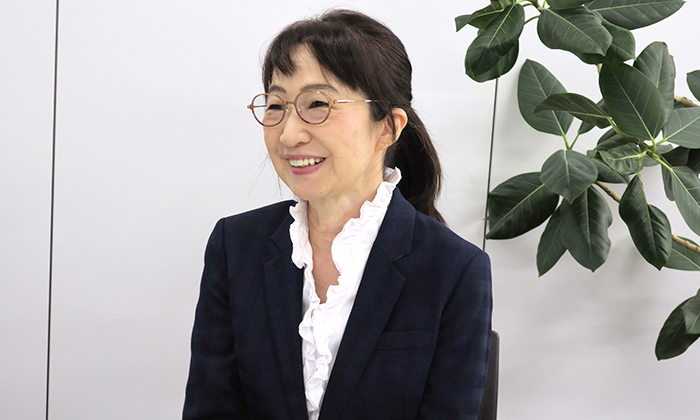
At first, I thought it would be enough to commercialize the product, but it was not an easy task. I realized how hard manufacturing is, such as obtaining approval as a medical device and finding a factory that can produce it. The road did not continue just because we had sold electronic medical records; we had to start from scratch. There was a time when people said, "Telemedicine is no good," or "It's just a pipe dream.
After the first prototype was developed, there was a period of inactivity before the product began to sell. When it came time to sell the product we had developed, we were in a "valley of death" because we could not get investment or financing.
In January 2020, just when I was in trouble, I attended CES2020, an electronics trade show in Las Vegas, USA. There was some opposition from those around me who said it was not the right time. As I was flying to Las Vegas, the real Death Valley (a national park called the Valley of Death) was spread out below me. We were both talking about how it might represent our situation.
However, the situation took a turn for the better when we participated in CES. A venture capitalist who approached us at our booth made an investment in April of that year. Furthermore, after returning from CES, we were approached by the Queen of Bhutan, who used the system for childbirth, and by Hokkaido University Hospital, which wanted to use it for online medical treatment on a large scale. It was very good timing, as the new coronavirus infection was just beginning to spread, and the board members and investors thought that it might be difficult to overcome.
It is not cool to say that the Corona has helped us sell our products, but I believe that the Corona disaster and the advancements in telemedicine have led many people to use our devices.
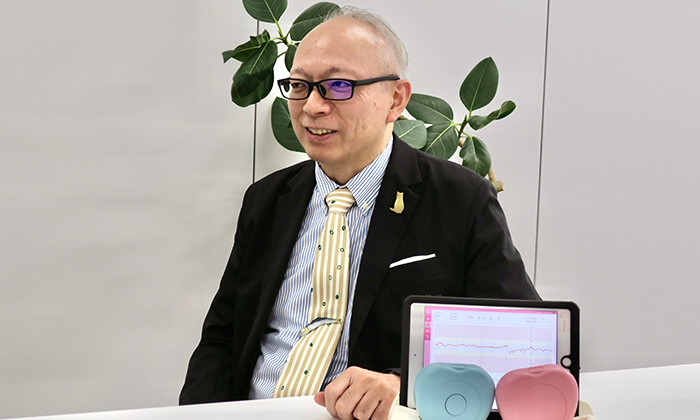
We are working on an IoT fetal monitor, the "delivery monitoring device iCTG". The iCTG is a cordless device that sends measurement data via Bluetooth from the device to a tablet or smartphone. The iCTG sends measurement data to a tablet or smartphone via Bluetooth for cordless operation. The acquired data is uploaded to a cloud server and can be viewed by obstetricians and gynecologists at the hospital, at home, or on the road from anywhere. Furthermore, the system is rechargeable so that it can be used in environments where electricity is not stably supplied, such as remote islands, remote areas, and developing countries.
Where previously the pregnant woman, the device, and the doctor had to be in the same place for it to be of any use, the iCTG can be carried anywhere and diagnosed from anywhere. It is just smaller and more connected to the Internet, but it allows us to do more and more.
We have focused on ease of use without being limited by the image of conventional medical devices. For example, the cable that charges the battery uses a Micro-USB terminal, which is also used in Android smartphones. Conventional medical devices are often large, heavy, rigid, and solid, and the cables they use are often based on proprietary standards. Of course, considering the risk of accidents, it may be safer to use proprietary cables, but the main concept of our product was "something that can be used in developing countries. Considering the possibility that people might not be able to afford to purchase many proprietary cables for delivery monitoring equipment, we adopted cables that are commonly used in everyday life. We wanted to make our products versatile while maintaining safety and reliability.
Although the device looks different, we also focused on making it acceptable to those who have used delivery monitoring devices in the past, so it can be worn in the same way as conventional ones. When you take the device with you and show it to your midwife, she can use it right away just by looking at it, as long as you tell her how to turn it on.
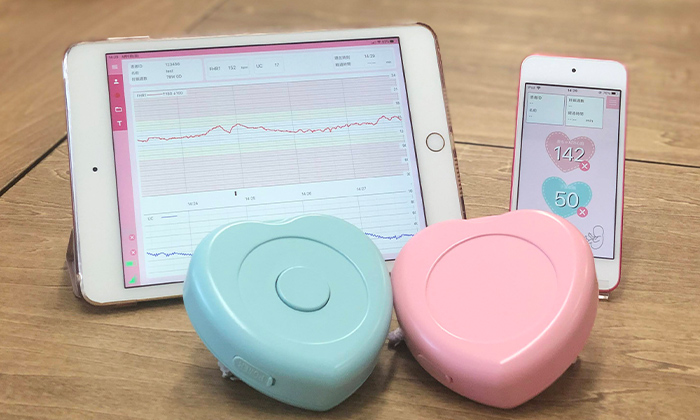
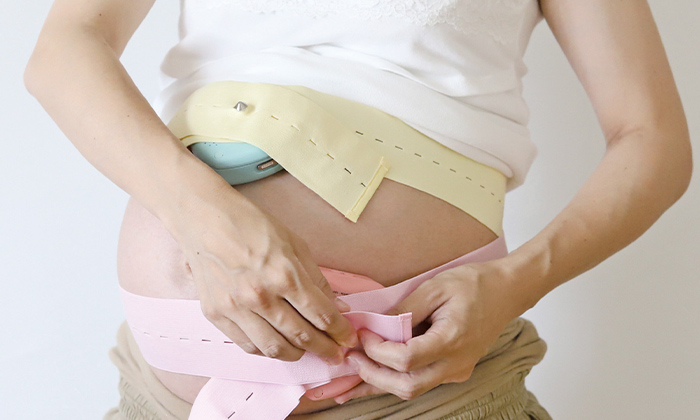
In Japan, many hospitals and clinics used these devices in the same way as conventional delivery monitoring devices, but with the coronary disaster, the use of these devices for telemedicine within hospitals is rapidly increasing. Stationary delivery monitoring equipment provides data on the spot, so if a pregnant woman is in an infected area, the obstetrician has to go there, and it is also time-consuming to disinfect the equipment. The iCTG is used to transmit data measured in the infected area, and obstetricians can view the data from outside the infected area. In addition, iCTG is also used for home medical care, in ambulances during transportation, at midwife outpatient clinics, and in 13 countries including Thailand, Bhutan, and Myanmar.
Eventually, we would like to develop a B to C service that rents equipment directly to pregnant women. In order to make it easier for pregnant women to see their family doctors, we would like to achieve a market share of 20% in Japan.
In developing countries and other places where there is a shortage of doctors, the vast amount of data obtained from iCTG is sent to a single doctor, who may not be able to look through it all. We hope to use the technology to analyze heartbeats to help identify only those cases that really need to be looked over.
There are a lot of challenges when you start a business, but if you stay positive and work hard, there will always be people who will help you. I tried not to think too much about the bad things; when my second start-up didn't work out, I thought, "I didn't sell for a while in my first start-up, so it's no wonder I'm not selling at this time.
It is said that the goddess of fortune has only bangs, and we, too, have had nothing but good results when we have done things that we were sure would work out. We also cherish the words of Dr. Hara of Kagawa University, who said, "Since you are doing something idealistic, you are bound to get good results. I feel it is important to have an image of success.
(Interviewed in April 2022. Affiliations, positions, etc. are as of the time of the interview)
I want my baby to be born healthy. This is a wish shared by fathers and mothers the world over. It used to be common knowledge that devices for measuring fetal heartbeats to determine the health condition of babies during pregnancy checkups and deliveries were large, wired, and required doctors, pregnant women, and the device to gather in the same place. Melody International Ltd.'s device overturns this conventional wisdom and is expected to be a product that will revolutionize perinatal care around the world because it is small, wireless, and can measure anywhere.
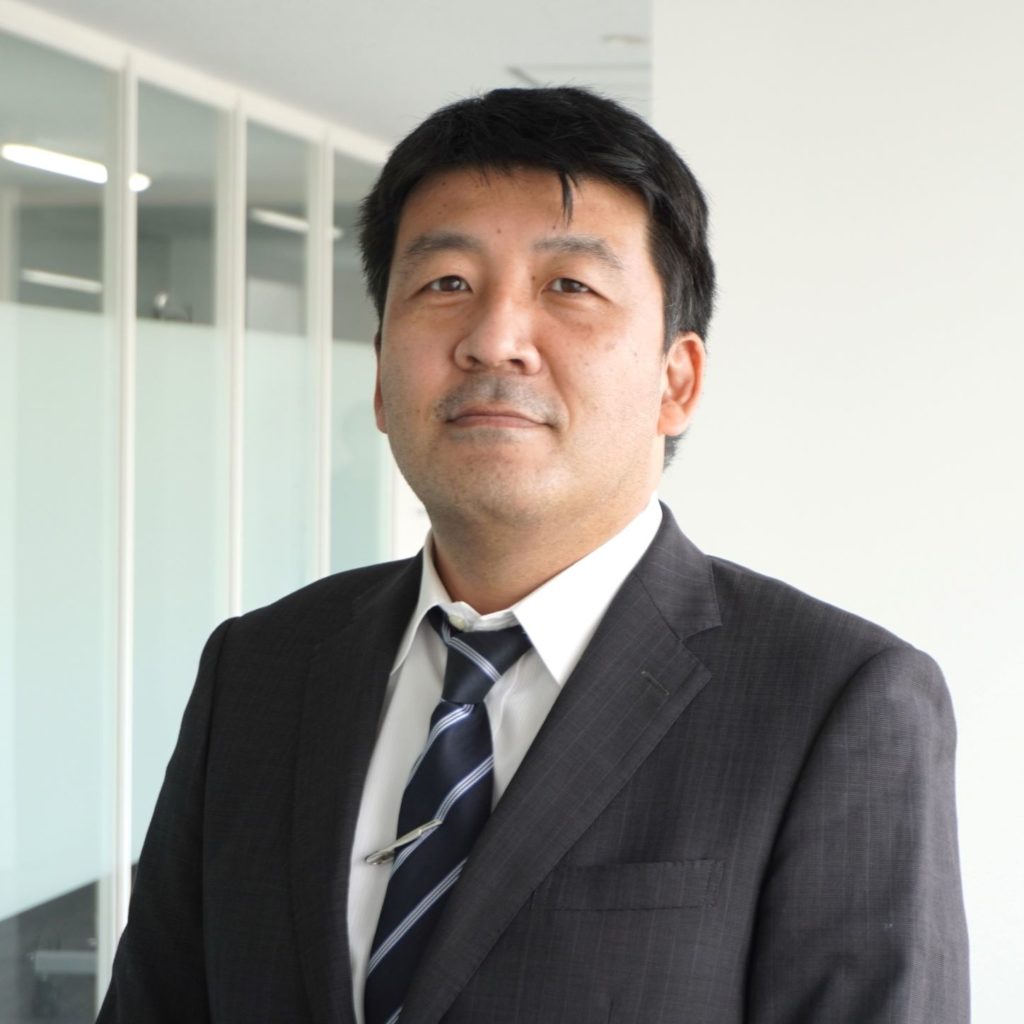
Satoru Morita

Melody International Ltd. Website
Please feel free to contact us if you have any questions or concerns.
Inquiry Form